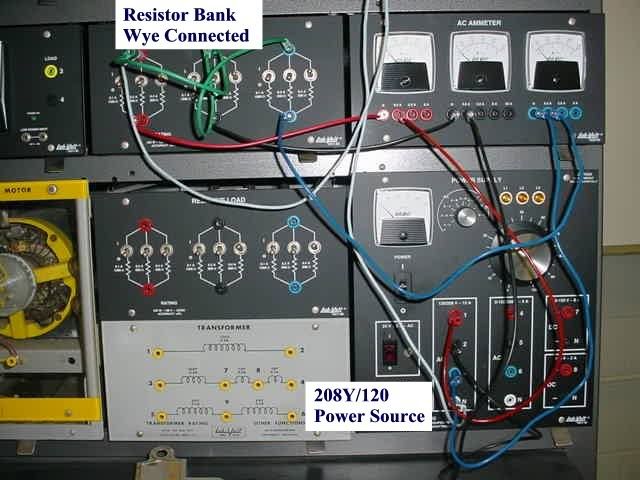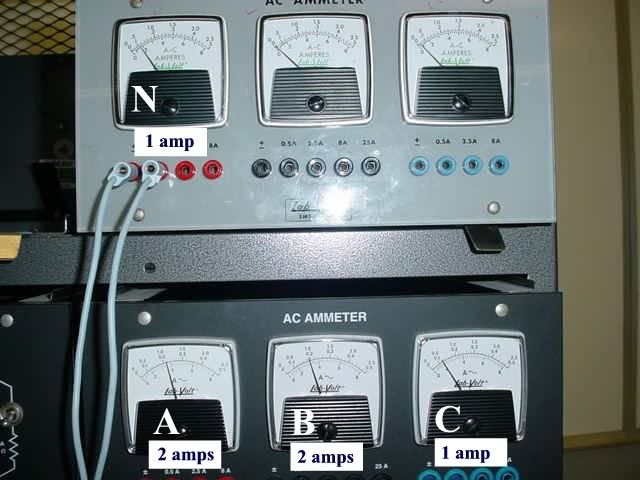crossman
Senior Member
- Location
- Southeast Texas
Thank you Charlie B. That helps.
I just read something that made me realize this: (I will use a current phasor as an example) I had been making the mistake of thinking of the phasor itself as the actual current. But it is not. The actual (real) current is the projection of the phasor onto the horizontal axis. The projection of the phasor onto the vertical axis is the "imaginary" part and isn't "real". I'm not sure of the physical meaning of this, but combined with the real horizontal component, it defines the phase angle of the current. So now I am totally content that the phasor operates in the complex plane and contains both real and imaginary parts. The phasor does not operate in the normal 2 dimensional or 3 dimensional coordinate systems.
I just read something that made me realize this: (I will use a current phasor as an example) I had been making the mistake of thinking of the phasor itself as the actual current. But it is not. The actual (real) current is the projection of the phasor onto the horizontal axis. The projection of the phasor onto the vertical axis is the "imaginary" part and isn't "real". I'm not sure of the physical meaning of this, but combined with the real horizontal component, it defines the phase angle of the current. So now I am totally content that the phasor operates in the complex plane and contains both real and imaginary parts. The phasor does not operate in the normal 2 dimensional or 3 dimensional coordinate systems.







